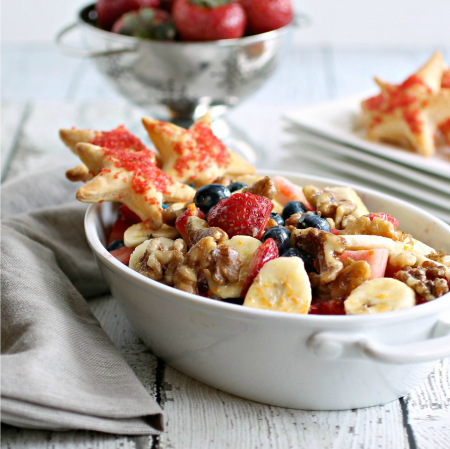Glycaemic index - the bigger picture
Much has been said about low carb diets, especially with the "re-vamping" of the Banting Diet (low carb, medium protein and high fat), first introduced in 1861 by William Harvey and William Banting. But what is the bigger picture of the Glycaemic Index in relation to a good diet?

What Is the Glycaemic Index?
Glycaemic Index is a number that gives you an idea about how fast your body converts the carbs in a food into glucose. Two foods with the same amount of carbohydrates can have different glycaemic index numbers. The smaller the number, the less impact the food has on your blood sugar levels.
• 55 or less = Low (good)
• 56- 69 = Medium
• 70 or higher = High (bad)
Look for the glycaemic index on the labels of packaged foods. You can also find glycaemic index lists for common foods on the Internet. Harvard University has an extensive list, or ask your dietician.
Foods that are close to how they're found in nature tend to have a lower glycaemic index than refined and processed foods. That number is a starting point on paper. It could, however, be different on your plate, depending on several things.
Preparation: Fat, fibre, and acid (such as lemon juice or vinegar) lower the glycaemic index. The longer you cook starches like pasta, the higher their glycaemic index will be.
Ripeness: The glycaemic index of fruits like bananas goes up as they ripen.
Other foods eaten at the same time: Bring down the overall glycaemic index of a meal by combining a high-glycaemic index food with foods that have lower ones.
Your age, how active you are, and how fast you digest food also affect how your body reacts to carbs.
The Bigger Picture: Glycaemic Load and a Good Diet
The glycaemic index shouldn't be the only thing you consider when making choices about what to eat. The fact that a food has a low glycaemic index doesn't mean it's super-healthy, or that you should eat a lot of it. Calories, vitamin and minerals are still important.
For example, potato chips have a lower glycaemic index than oatmeal and about the same as green peas, but oatmeal and green peas have more nutrients.
Portion sizes matter, too. The more of whatever kind of carbs you eat, the more they'll affect your blood sugar. That's what the glycaemic load tells you. It's a number you may see along with the glycaemic index in lists. Think of it as the glycaemic index for a specific amount of that food. Less than 10 is low; more than 20 is high.
For a diet with a lower glycaemic load, eat:
• More whole grains, nuts, legumes, fruits, vegetables without starch, and other foods with a low glycaemic index.
• Fewer foods with a high glycaemic index, like potatoes, white rice, and white bread.
• Less sugary foods, including candy, cookies, cakes, and sweet drinks.
You can still eat foods with a high glycaemic index. Just enjoy them in smaller portions, and offset them with nutritious, low-glycaemic index foods when you do.
Source:
Michael Dansinger, MD for WebMD
www.health24.com
www.health.harvard